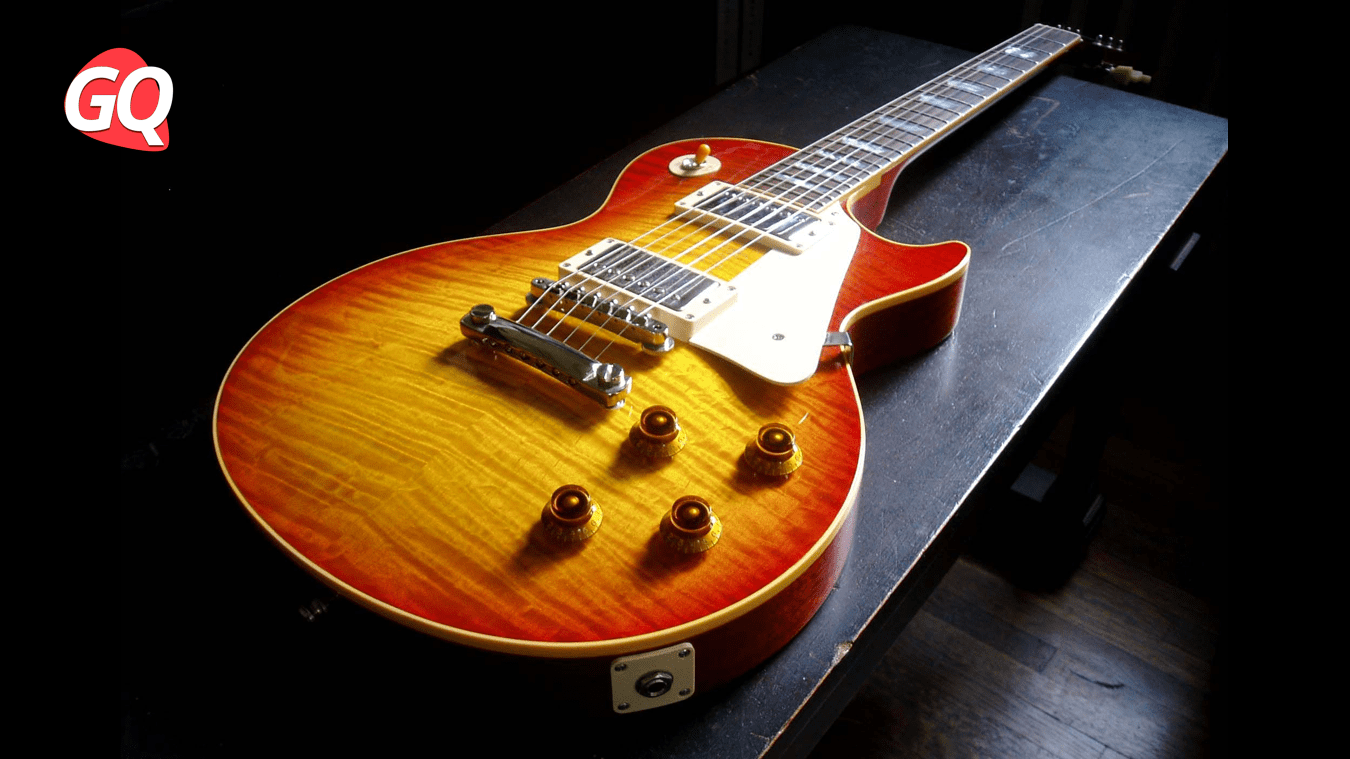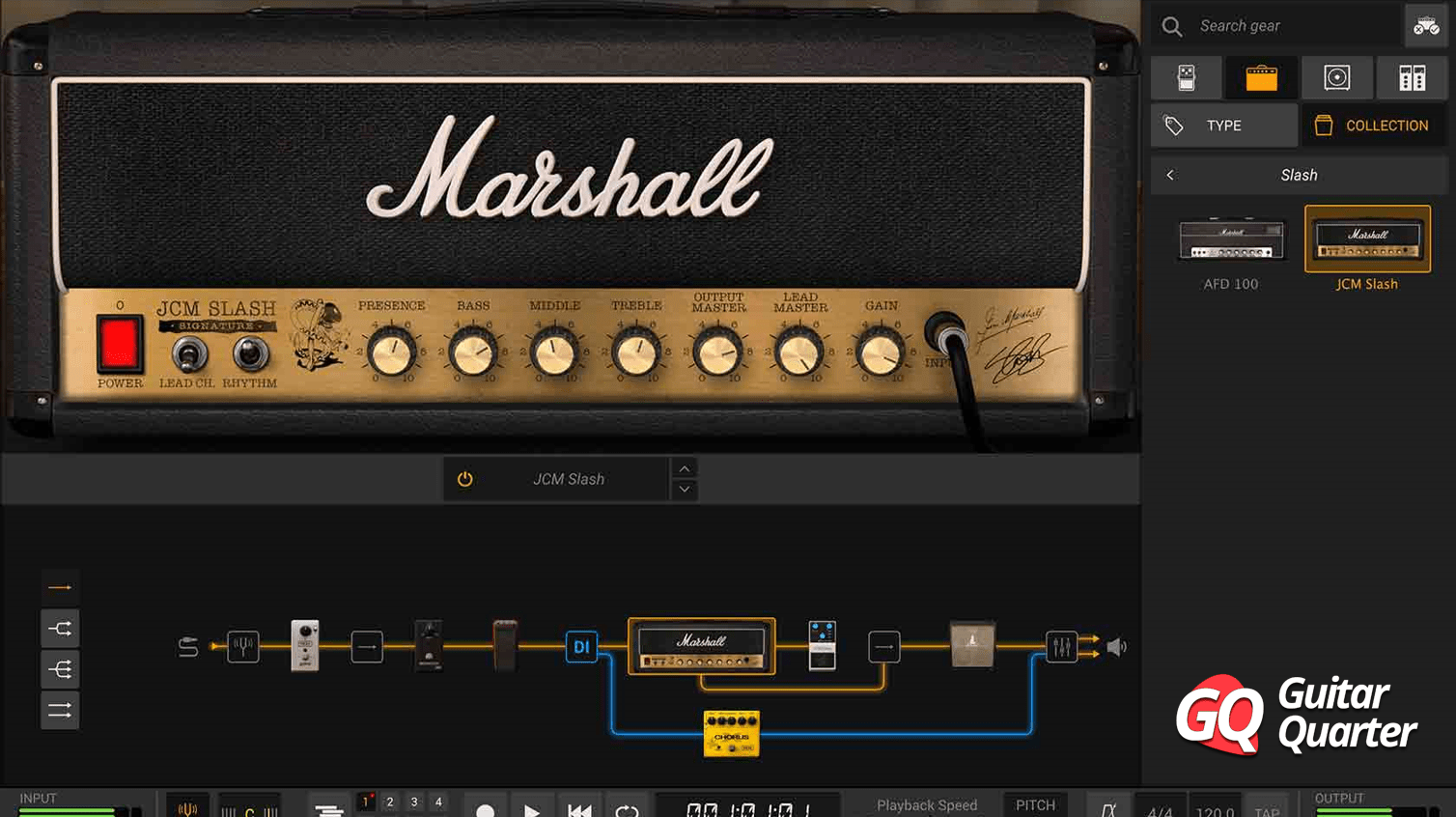Gibson Les Paul weight relief: Types, characteristics and opinion

The Les Paul is famous for being the heaviest guitar, so Gibson developed weight reliefs: types, characteristics, opinions and also comparative with other guitars.
Table of Contents
Gibson Les Paul, the heaviest guitar
The Les Paul is known to be the heaviest guitar model in the world. That is why Gibson has developed weight reliefs to lighten the Les Paul guitars. There is a very popular joke about the 1970 Les Paul, the Norlin era, which you can see below:

Gibson Les Paul weight relief
Mahogany is a relatively heavy tonewood. In the 1970s, Gibson Les Pauls had no weight relief; thus, you can find a 10 pound (4.5 kgs) Norlin era guitar; 11 pounds (5 kgs) and even close to 12 pounds (5.5 kgs). At that time there was a belief that the weight gave a better tone to the guitar.
However, this not only doesn’t help the tone of a guitar, it also doesn’t help the guitarist’s back. Thus, then in the 80’s, the first weight relief for the Gibson Les Paul appeared. The company developed different methods to lighten the weight of the guitar without affecting the characteristic rich, thick, fat and sweet tone expected from a Gibson Les Paul.
Gibson Les Paul weight relief types
- Traditional or nine-hole weight relief
- Chambering
- Modern Weight Relief
- Ultra-Modern Weight Relief

Gibson’s techniques for weight relief have evolved over several years. Thus, the first was the traditional nine-hole weight relief. Next was the breech, followed by the modern and finally the ultra-modern weight relief. Each method has its own purpose, so let’s take a look at each one.
Traditional nine-hole weight relief

The traditional 9-hole weight relief consists of routing nine round holes in the mahogany body before attaching the maple top. The nine holes are strategically located; most are at the top of the guitar’s body, on the sixth string side. According to Gibson Master Luthier Jim DeCola, the result “is a guitar that is lighter than a guitar without weight relief, yet maintains some weight and feels solid.“
This is the method that best maintains the classic characteristics of the Les Paul model. In fact, most guitarists find it quite difficult or simply impossible to differentiate between a 9 hole weight relief body and a solid one without weight relief. Thus, the traditional 9-hole weight relief has won many fans over the years.
Chambering

This method involves a complete cupping of the body, leaving two chambers on the sides of the cavity where the cables from the pickup selector to the potentiometers pass. This is the most extreme and dramatic weight relief technique, and results in a guitar having more resonance and acoustic behavior. Thus, in this type of weight relief, the tone is affected, modifying the character of the Gibson Les Paul. It doesn’t mean it sounds worse or better, this guitar just doesn’t sound like a classic Gibson Les Paul. A chambering guitar has fewer mid frequencies, a less thick tone, but more acoustic. Without a doubt, it can be a very attractive tone for those looking for a more balanced, airy and dynamic medium.
Gibson Les Paul with Chambering: semi-solid tone
Body-chambered guitars are ideal for guitarists looking for a “semi-solid” sound and response. This would be a choice between a solid body guitar and a semi-hollow guitar like an ES-335. Fewer Chambering weight relief Gibson guitars are available today. But this method is still used when its specific characteristics are required.
Gibson Custom has made chambered versions of the iconic 1959 Les Paul Reissue; as well as limited edition models like the Les Paul Custom Chambered Blackout, among other popular Gibson models.
Modern Weight Relief

According to Gibson, this technique called Modern Weight Relief is the “best of both worlds” solution. It means removing less wood than the Chambering, but still introduces elliptical holes with small sound chambers inside the body. This seeks to provide the most weight relief without having a full chamber, while maintaining a more classic Les Paul tone.
Thus, with this technique, the desired weight relief is achieved, but the body still maintains more of the traditional Les Paul characteristics than a completely solid one in general. So it’s somewhere between the 9-hole Traditional Weight Relief and the Chambering.
Ultra-Modern Weight Relief

This is the latest technique developed by Gibson for weight relief. This is quite similar to Modern Weight Relief, but lightens the load even more. Says DeCola “is designed to provide a solid core through the center of the guitar to retain the classic Les Paul sound. Unlike a full chamber design -Chambering-, it will be less prone to feedback or affecting the tonality and resonance of the guitar. (…) It was designed in response to musicians looking for the classic Les Paul feel and sound, but wanting a lighter guitar. It’s ideal for live performance situations, when (guitar) weight is an issue. “
Les Paul tone according to each Weight Relief
As DeCola puts it, “It’s all about niceties here. The most dramatic difference is that the full chamber, which will have more acoustic resonance, but for traditional, modern and ultra-modern weight relief techniques, the sonic differences are quite difficult to discern. And if anything, it improves the resonance, which I think helps with the sustain . “
As we always suggest, try Les Paul models with different weight reliefs and listen and feel for yourself, you might be surprised by the experience.
Weight of the most famous Gibson Les Paul guitars
It is really difficult to find accurate data on the weights of iconic guitars. Therefore, we suggest that you take them as a reference and not as true:
- Gibson Les Paul Standard «Number One» de Joe Perry: 9,5 lbs / 4,31 kgs.
- Les Paul Standard «Burst» de Paul Stanley: 8.31 lbs / 3,77 kgs.
- Gibson Les Paul Standard ’58 de Slash: 8,76 lbs / 3,97 kgs.
- Les Paul Standard ’59 de Slash: 8,84 lbs / 4,01 kgs.
Average weight of popular guitar models
The average weight of the most popular and iconic guitar models are:
- Gibson Les Paul: the weight ranges between 9 and 12 pounds -4.1 to 5.5 kg-, average of 10 pounds -4.5 kg-.
- Gibson ES-335: Although it is semi-hollow, it is a very large guitar, its average weight is around 9 pounds -4.1 kg-.
- PRS Custom 24: Paul Reed Smith guitars have an average weight of 9 pounds – 4.1 kg.
- Fender Stratocaster and its variations like superstrats: between 7 and 9 pounds -3.2 to 4 kg-, with 8 pounds -3.6 kg- on average.
- Fender Telecaster: between 7 and 9 pounds -3.2 to 4.1 kg-, averaging a weight of 8 pounds -3.6 kg-.
- Gibson SG: One of the lightest guitars averaging 6 lbs. -2.7 kg.
Sure, you can find guitars above or below the benchmarks, but they will be exceptions to the general rule. As you can see, Les Pauls are at the top of the list when it comes to weight. Of course there are Les Pauls under 9 pounds or Fender over 9 pounds, but they are mostly around the weights detailed above.
What is the best Gibson Les Paul weight relief?
As we have seen, the answer is very personal. Anyone looking for a traditional shade will go with a traditional weight relief; when you cannot access a solid body with a reasonable weight. Those looking for a more airy and hollow sound, approaching the audio of a Semi-hollow, the Chambering is the ideal method. Finally, if you are looking for light weight, trying to sacrifice audio as little as possible, you should definitely go for the modern or ultra-modern relief method.
Tell us in the comments section which ones you have tried, and which one has been better for you and which one has been worse.
More information visit the Gibson website.







there’s also the virtually fully hollowed les paul “Lite” guitars from early 1990’s, that are routed out as much as possible, then fitted with a light weight ( styrofoam) core, Though I have an early one with Balsa wood for the core.
The more they’re ‘relieved’, the less they sound like a les paul- (even a very light one).
the more hollow les pauls have a deeper resonance that accents the neck pickup’s bass and mids, But that lower-pitched resonance is below the range of the bridge pickup, which leaves bridge pickups sounding hollow with scooped mids. .-compared to a solid guitar.